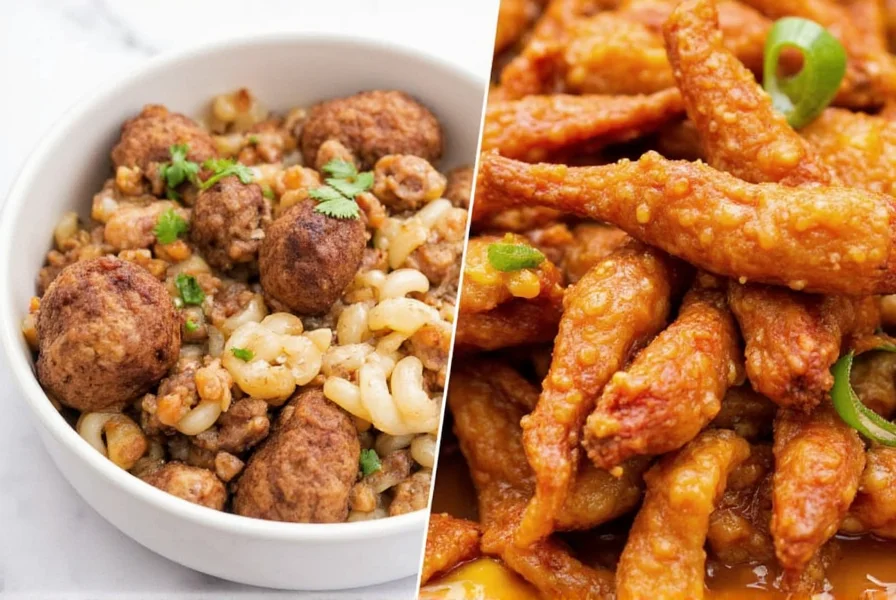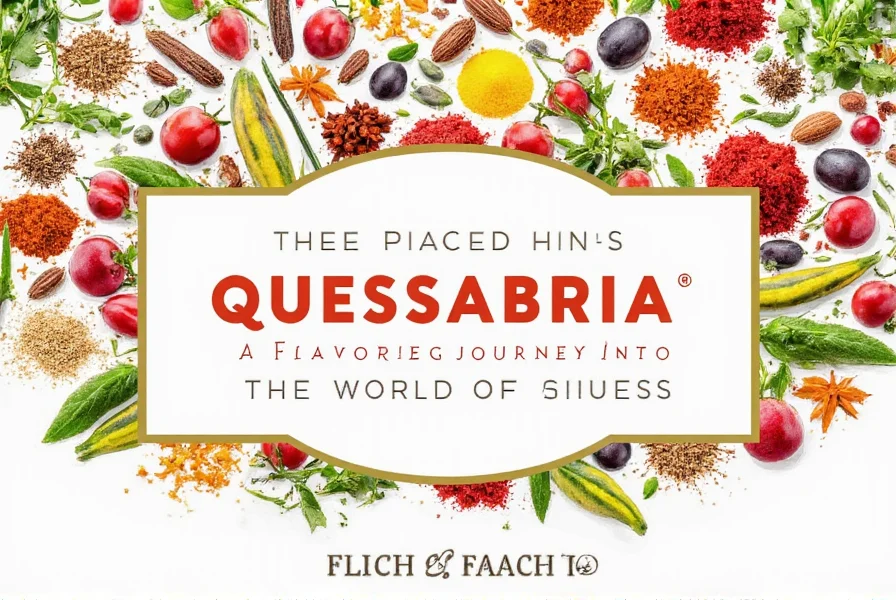Table of Contents
Introduction to Birria
Birria is a traditional Mexican stew originating from the state of Jalisco, typically made with goat or beef slow-cooked in a rich broth infused with dried chilies and spices. Known for its deep, complex flavor and tender meat, birria is often served with tortillas, onions, cilantro, and lime. This article provides accurate, expert-backed information on authentic birria preparation, its cultural significance, and practical cooking guidance for home chefs.
Spice Basics: What You Need to Know
Birria relies on a signature spice blend called "adobo" or "chile seasoning," not a single spice. This blend typically includes dried guajillo, ancho, and pasilla chilies, which are toasted and ground to create a smoky, earthy base. The spices enhance the meat's flavor while contributing to birria's signature complexity. Unlike common misconceptions, birria itself is a complete dish, not a standalone spice.

Authentic birria uses minimal spices to highlight the meat's natural taste. Key principles include toasting chilies before grinding to release oils, balancing heat with sweetness, and avoiding over-spicing. Traditional recipes often include cumin, cloves, oregano, and bay leaves for depth without overwhelming the dish.
Practical Tips for Cooking Birria
Follow these evidence-based tips for authentic birria:
- Choose the Right Meat: Use goat or beef chuck roast for slow cooking. Lean cuts dry out; fatty cuts retain moisture.
- Toast Chilies Properly: Dry-toast dried chilies in a skillet for 30-60 seconds per side before grinding. This enhances flavor without burning.
- Slow Cook for Tenderness: Simmer for 3-4 hours at low heat to break down connective tissue. Pressure cooking reduces time but may affect texture.
- Strain the Broth: After cooking, strain the broth to remove solids. This creates a clear, flavorful consomme for dipping.
- Rest Before Serving: Let the meat rest for 15 minutes before shredding to retain juices.
For beginners, start with a simple recipe using pre-ground chile powder to simplify the process. Always taste and adjust seasoning before serving.
Ingredients Guide: Essential Components
| Ingredient | Description |
|---|---|
| Meat | Traditionally goat or beef chuck roast. Choose cuts with marbling for tenderness. Avoid lean cuts like sirloin. |
| Dried Chilies | Guajillo (mild, fruity), ancho (sweet, raisin-like), and pasilla (earthy) are standard. Toast before grinding. |
| Spices | Cumin seeds, whole cloves, Mexican oregano, and bay leaves. Use sparingly to complement, not overpower, the chilies. |
| Liquid | Homemade broth or water. Avoid canned broth for authenticity. Tomato paste adds richness without acidity. |
| Garnishes | White onion, fresh cilantro, lime wedges, and warm corn tortillas. Serve with a side of consomme for dipping. |
Culinary Examples: Serving Birria
Birria's versatility extends beyond traditional preparation. Here are authentic serving methods:
- Classic Birria Tacos: Shred the meat, dip in warm consomme, and serve in corn tortillas with onion and cilantro.
- Birria Ramen: Add shredded birria to miso-based ramen broth for a fusion dish.
- Birria Consomme Soup: Serve the strained broth as a standalone soup with tortilla strips and avocado.
- Vegan Adaptation: Use jackfruit or mushrooms with the same spice blend for plant-based birria.

For special occasions, try birria encebollada (with onions) or birria de res (beef version). Always pair with fresh lime to balance richness.
Frequently Asked Questions
What is the origin of birria?
Birria originated in the state of Jalisco, Mexico, in the 16th century. It was traditionally made with goat meat by indigenous communities, later adapted by Spanish settlers. The name comes from the Nahuatl word "birri," meaning "to cook in a pit."
Is birria the same as barbacoa?
No. Barbacoa refers to meat cooked in an underground pit, while birria is a specific stew made with chilies and spices. Birria can be a type of barbacoa if prepared traditionally, but not all barbacoa is birria.
How spicy is authentic birria?
Authentic birria is not primarily spicy; it's known for complex flavor with mild heat. The chilies used (guajillo, ancho) are low on the Scoville scale. Heat level depends on chilies selected—use arbol chilies for more spice, but traditional recipes prioritize depth over heat.
Can I make birria without goat meat?
Yes. Beef is the most common substitute, especially in the U.S. Lamb or chicken work well too. For vegan versions, jackfruit or mushrooms mimic the texture when simmered in the same spice broth.
How long does birria last in the fridge?
Stored in an airtight container, birria keeps for 3-4 days in the refrigerator. The flavor improves after 24 hours. Freeze for up to 3 months; thaw in the fridge before reheating.
Conclusion
Birria is a culturally rich Mexican dish with a legacy spanning centuries. By focusing on authentic ingredients and techniques—like proper chili toasting and slow cooking—you can recreate its signature depth at home. Remember: the best birria balances tradition with personal touch, always prioritizing fresh, high-quality components. Start simple, experiment with garnishes, and savor the process.
For more authentic Mexican recipes, consult trusted culinary sources like the Mexican Ministry of Culture or renowned chefs like Rick Bayless. Always verify information against established culinary traditions to ensure accuracy.










 浙公网安备
33010002000092号
浙公网安备
33010002000092号 浙B2-20120091-4
浙B2-20120091-4